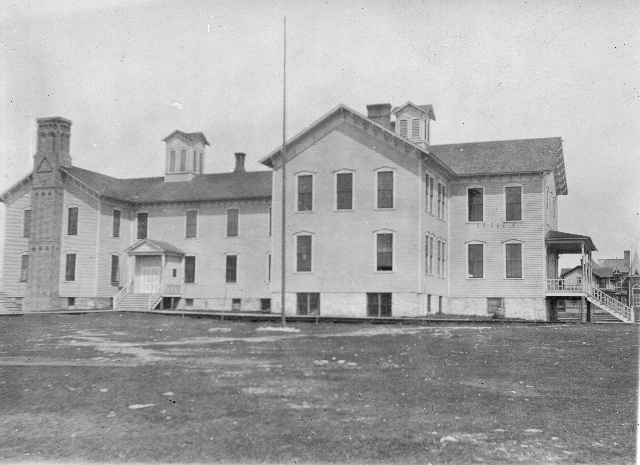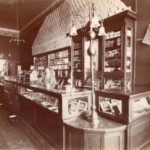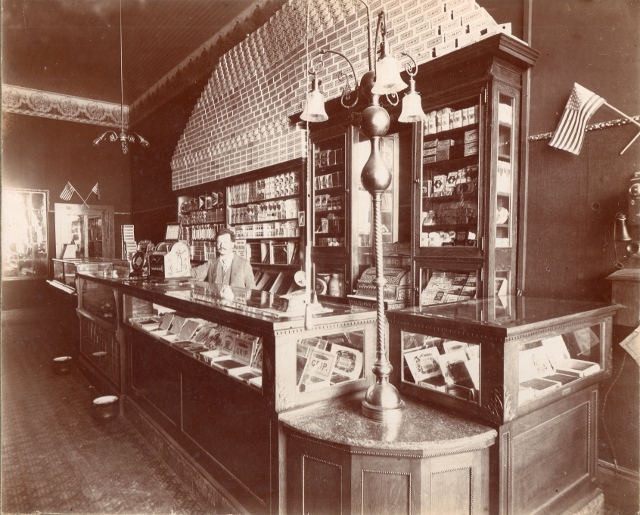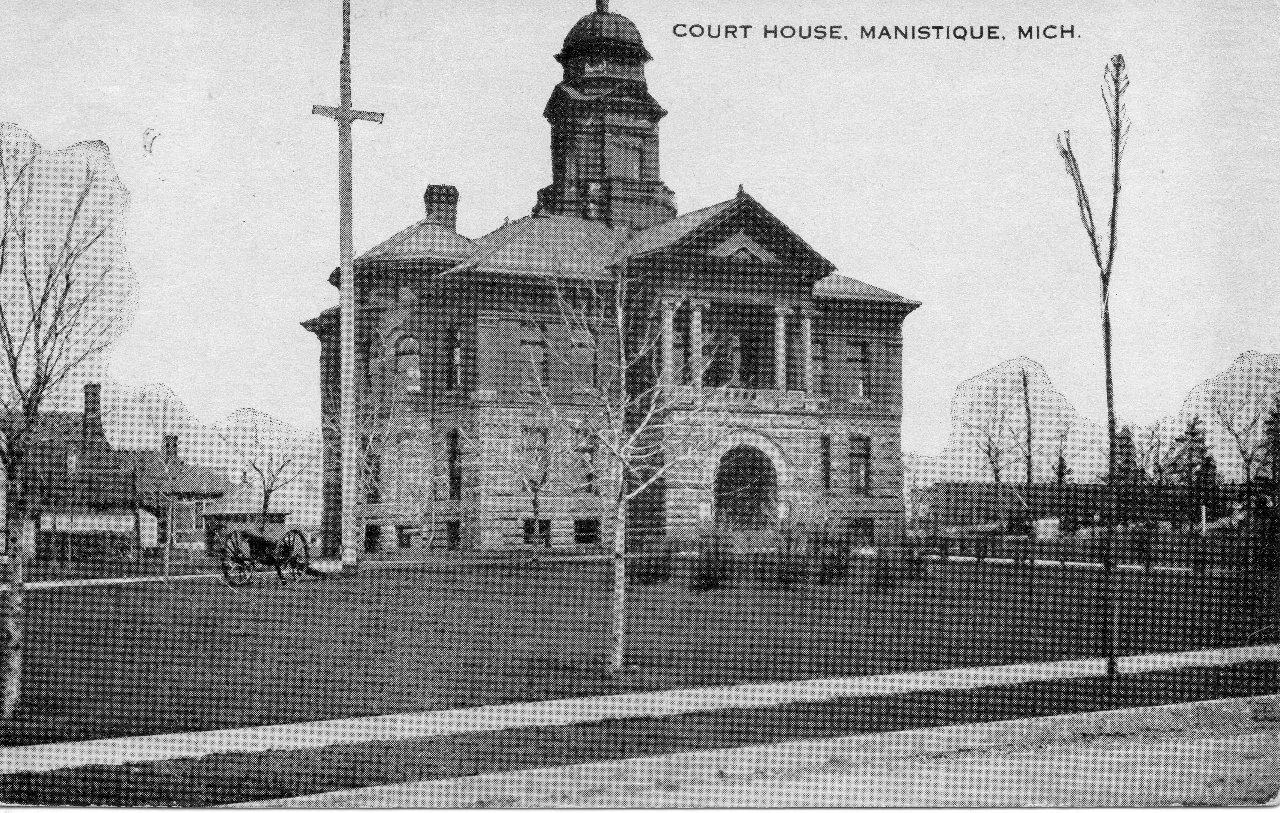
The Central School building was erected in 1882 with an initial enrollment of 76 students. It was replaced by the new Junior High building in 1931
During the fall of 1924, the Manistique Women’s Club sponsored an essay contest at the Central School concerning the early history of Manistique. They hoped to kindle an interest in local history among the community’s young people. The Pioneer Historical Society had just been organized a year earlier, so there was little written material available for research. But the students had an even better source of information to draw upon—the pioneers themselves. Many of Manistique’s earliest settlers were still alive and residing in the area. The essays that the students produced are a treasure trove of information, but leave us wishing for even more. The winning essays were read before a school assembly at the Central School and were later published in the local paper as follows:




